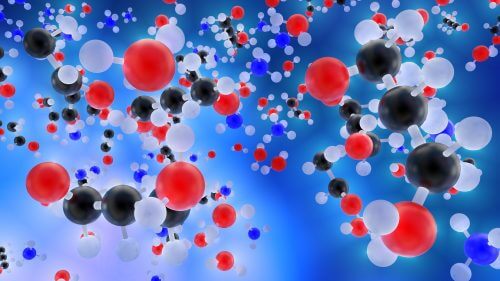A way to build new molecules and substances that the periodic table does not allow for

The periodic table may seem to contain many elements, but chemists and material scientists would like to see more elements. The reason is that nature's recipe books pose obstacles to those who seek to develop synthetic materials with particularly useful properties, for example silicon-like superconductors capable of undergoing biological degradation like natural wood. "It often happens that we want an atom that does not exist in reality," he says Colin Nicholls, professor of chemistry at Columbia University. The answer to this need could be molecules built from "superatoms" - aggregates of atoms that behave like single elements. It is possible to build superatoms with electronic and magnetic properties that are difficult or impossible to obtain by natural combinations of elements. But even though chemists have known for decades how to make superatoms, they have struggled to find a reliable way to assemble them into larger structures.
But now Nichols' team has discovered a method that makes it possible to build molecules made of superatoms. The resulting synthetic structures can mimic the properties of molecules that exist in nature, but also provide materials scientists with a certain control over their properties and the ability to adapt them to specific purposes. "The chemical or magnetic properties of molecules made of superatoms can be easily changed in ways that are not possible with normal atomic structures," says Nichols. "It's like adding another dimension to the periodic table."
Walter Knight and his colleagues at the University of California at Berkeley discovered the superatoms in 1984 when they synthesized clusters of sodium atoms whose outer electron shell behaved like the shell of a single atom and increased their magnetic properties and their ability to react with other atoms. Since then, scientists have created clusters of superatoms from aluminum, platinum, rubidium and other elements. But to assemble superatoms into larger molecules scientists had to understand the special chemical laws that govern the world of superatoms, which differ from those of their relatives on the periodic table.
Electrons are naturally organized around the nucleus of an atom according to the principle ofConstruction (a German term implying a structure directed from the bottom up; this principle was introduced in the early years of quantum mechanics). They fill the lower energy levels before the higher levels. Nichols and his team used the research student's initial discovery Enoch M. Ari Champsor and began to develop a similar principle for building synthetic molecules from superatoms.
So far, the team has built molecules of pairs and triples of superatoms made of cobalt and selenium. But Champsor and Nichols believe the principles they discovered will allow the construction of more exotic materials with the potential to be used in flexible sensors, smart clothing and high-efficiency batteries. Books for the study of chemistry will not have to update the periodic table printed in them, says Nichols: "Such an act is tantamount to alchemy." But superatomic molecules, he says, are "a way to get more than what nature gives us."

One response
Sounds brilliant. I took a look at Colin Nichols' website at Columbia University. Of course the articles are there for download.
https://www.hayadan.org.il/super-molecules-composed-of-atoms-that-are-not-in-the-periodic-table-1805179
Instead of unstable elements in the upper parts of the periodic table, structures that behave like elements, with improved properties. And he has a group of 20 researchers. Shows how fast science is progressing today. Walter Knight Professor Emeritus probably at UC Berkeley (?). same as above.